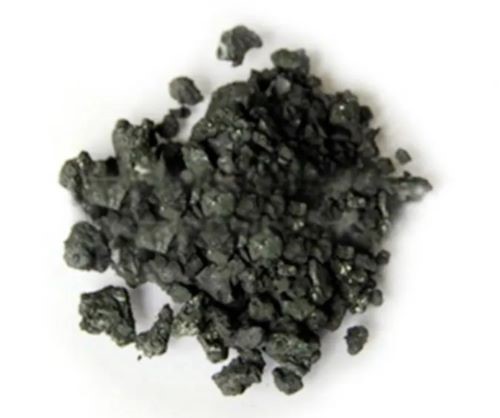Advantages of Precious Metal Catalysts
Introduction
Catalysts are essential components in many industrial processes, from fuel cell refining to drug production. Traditional catalysts have been used for years, but precious metal catalysts are becoming increasingly popular due to their high activity, selectivity, and stability. In this article, we will discuss the advantages of using precious metal catalysts over traditional catalysts. Hope that you can have a further comprehension of the properties and uses of precious metal catalysts.

Figure 1. Precious Metal Catalysts
What Are Precious Metal Catalysts?
Precious metal catalysts are advanced catalysts made from gold, silver, platinum, ruthenium, palladium, rhodium, and other noble metals, which are applied to a broad range of industries. Similar to traditional catalysts, precious metal catalysts (or noble metal catalysts) speed up chemical reactions without changing themselves. Namely, they increase the reaction rate or decrease the reacting temperature to accelerate the process, while their amount and chemical features remain unchanged.
Thanks to these desirable characteristics, precious metal catalysts are widely used in refining, polymers, pharmaceuticals, and chemicals. For instance, platinum group metals (PGM) have been employed to prepare sulfuric acid and nitric acid for several hundred years. They are also popular choices for hydrogenation and polymerization. As science and technology evolve, PGM became perfect for the automotive industry. Large amounts of platinum and rhodium are utilized to purify the exhaust gas of automobiles.
Benefits of Precious Metal Catalysts
--Higher Catalytic Activity
The primary outstanding feature of precious metals catalysts is their higher activity, so they can accelerate chemical reactions more efficiently. This allows for faster production rates and improved product yields.
Besides, the interaction between the nanoscale noble metal particles and the support will change the geometric structure and surface electrons, thus accelerating the reaction and presenting high catalytic activity.
--Better Selective Performance
Precious metal catalysts can be more selective in catalyzing specific reactions by reducing unwanted byproducts and increasing the purity of the final product. That is to say, the target product can be selectively generated through different catalysts.
In the hydrogenation process of phenol, the palladium (Pd) catalyst is used to generate cyclohexanone. Similarly, the platinum (Pt) catalyst is applied to cyclohexane formation, and ruthenium (Ru) accelerates cyclohexanol production selectively.
--High Thermal Stability
The melting point of precious metals is higher than base metals. Such catalysts can withstand high temperatures, high pressures, and corrosive environments without degrading or losing their catalytic activity. Therefore, they could speed up many hydrogenation and oxidation reactions at high temperatures and under extreme conditions. This makes it used in the automotive industry to treat exhaust gas. Catalytic converters in automotive exhaust systems operate in ambient temperatures that typically exceed 800°C. At such high temperatures, many materials decompose or lose their catalytic activity, while noble metals retain their catalytic properties.
--Chemical Inertness
Precious metals are not easy to undergo chemical reactions under normal circumstances. With relatively stable properties, they do not easily oxidize at room temperature and will not spontaneously ignite at high temperatures. They are more stable and easy to store than some ordinary metal catalysts due to their corrosion resistance.
However, traditional catalysts such as aluminum are easily oxidized and turned into alumina when exposed to air.
--Other Advantages
- Longevity
Precious metal catalysts are more stable and durable than traditional catalysts, leading to longer catalyst lifetimes and less frequent catalyst replacements. This can result in cost savings and improved process efficiency.
- Versatility
Precious metal catalysts can be used in a variety of chemical reactions, including oxidation, reduction, hydrogenation, and dehydrogenation. This makes them suitable for applications for households and plants.
- Sustainability
Precious metal catalysts can be recycled and reused, reducing waste and minimizing the need for new catalyst production. Additionally, they can often be produced from recycled materials, further reducing their environmental impact.
Conclusion
In a word, precious metal catalysts offer many advantages over traditional catalysts, including higher catalytic activity, better selectivity, higher thermal stability, longevity, versatility, and sustainability. As a result, they are becoming more and more popular in a wide range of industrial applications. By utilizing precious metal catalysts, companies can improve process efficiency, reduce costs, and minimize their environmental impact. Stanford Advanced Materials (SAM) is a reliable supplier of high-quality precious metal catalysts at reasonable prices. Welcome to visit our site for more information.



